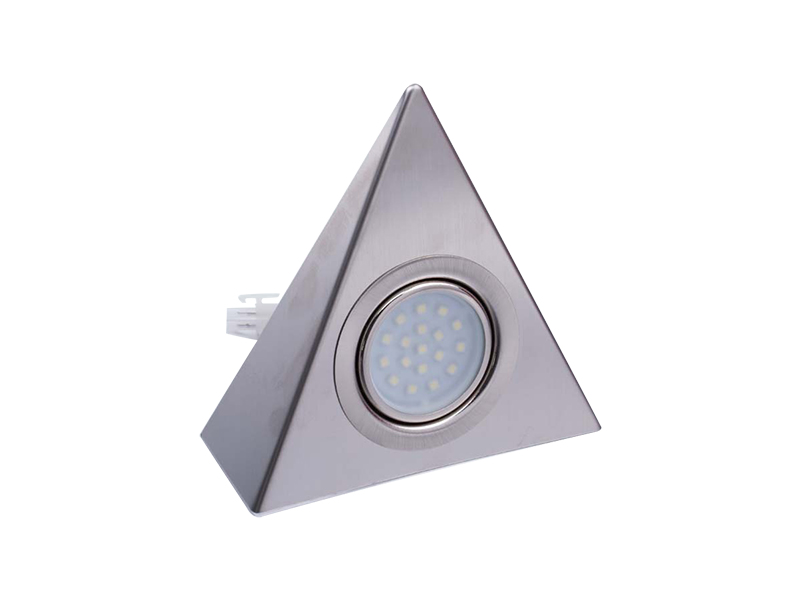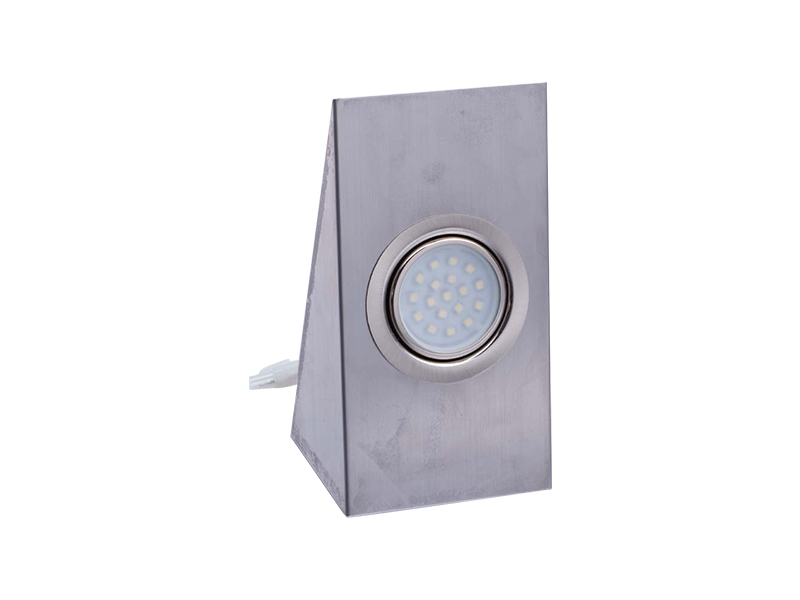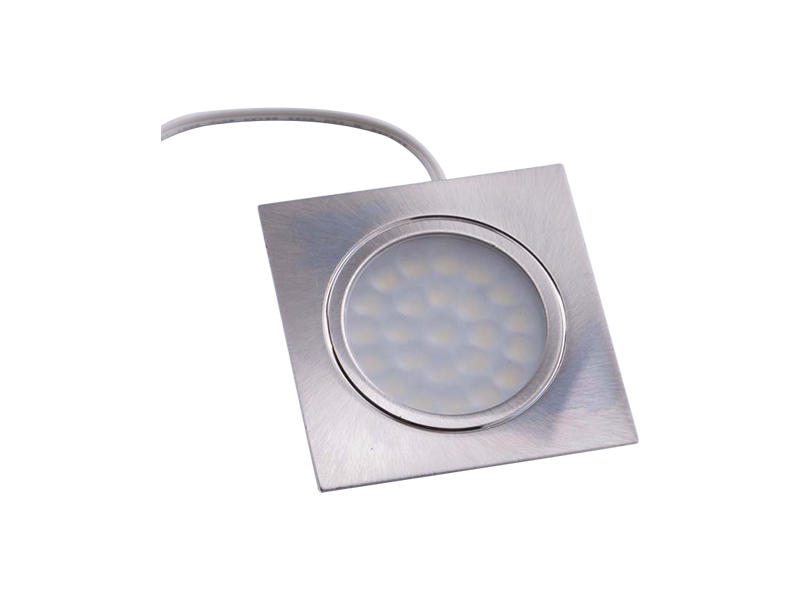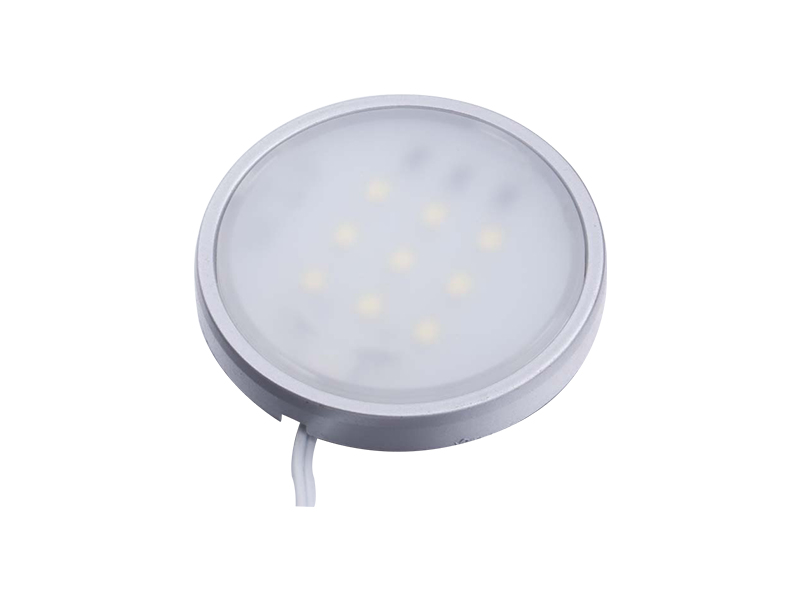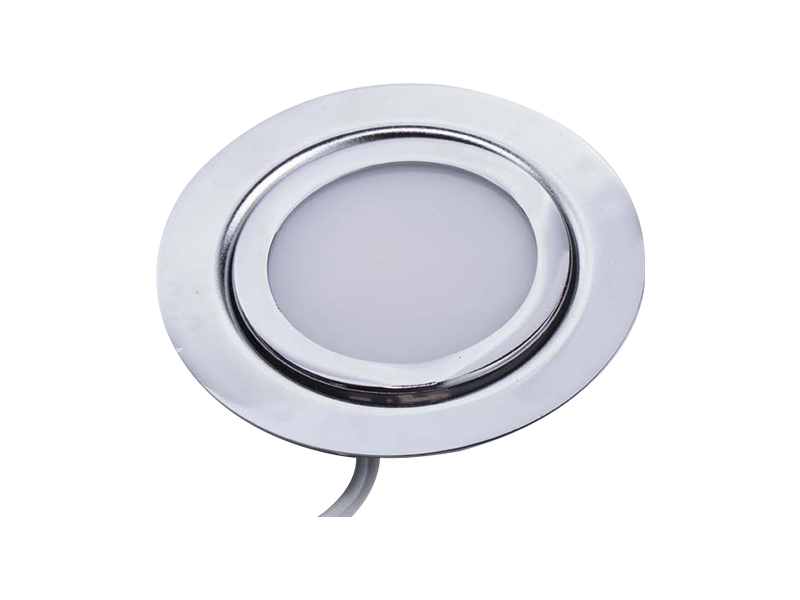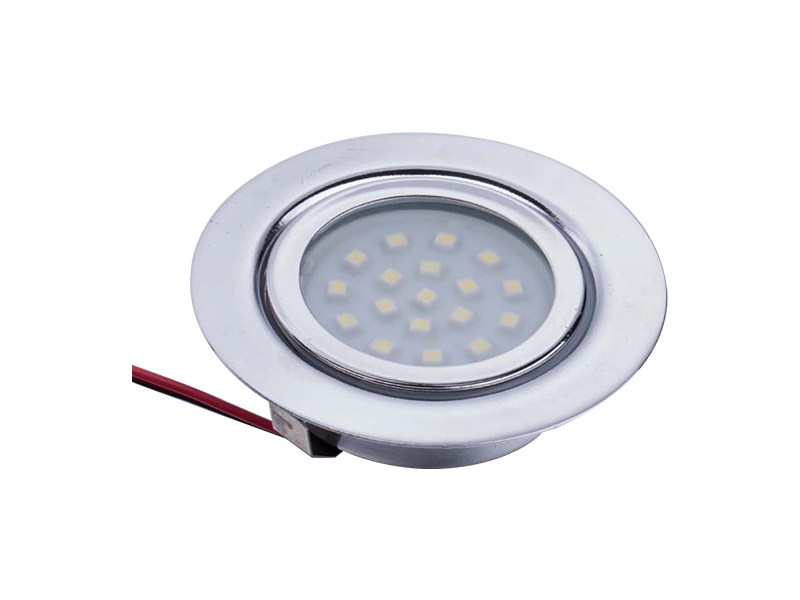-

E-mail:[email protected]
-

Telphone:+86-574-88073028
-

FAX:+86-574-88073029
QR code on
mobile phone
Welcome to Eastkey!
Welcome to Dongke!
Principle and practicality of dimming function
The dimming function of LED mirror lights is mainly to achieve brightness adjustment by changing the current or adjusting the pulse width (PWM). Some products also support stepless dimming, that is, users can freely adjust within the brightness range, rather than being limited to a few fixed brightness modes. The greatest convenience brought by the dimming function is that it can be flexibly adjusted according to the needs of the user and the ambient light. For example, when used at night, users may prefer low brightness and soft light, while in the morning when washing, they need sufficient brightness to assist clear lighting.
Some LED mirror headlight products provide cold and warm light conversion adjustment. Users can freely choose cold light, warm light or neutral light, which not only helps to match the atmosphere requirements in different scenes, but also better restore the skin color and meet the delicate needs such as makeup.
Expandability and practical scenarios of intelligent control functions
Many LED mirror lights now support a variety of intelligent control methods, including remote control, touch control, APP control, voice control, etc. In particular, products with Wi-Fi or Bluetooth modules can be paired with mobile phones or smart speakers (such as Alexa, Google Assistant) to achieve remote switching, brightness adjustment, color temperature switching and other operations. This control method not only improves the convenience of use, but also conforms to the current integration trend of smart home systems.
Some products also integrate functions such as human body sensing, time control, and memory mode. For example, when the user enters the bathroom, the sensing system automatically lights up the light, and automatically turns it off after use, reducing manual operation; and the memory function can save the brightness and color temperature settings of the last use, which is convenient for daily use.
The impact of installation method on intelligent functions
When choosing whether the LED mirror headlight has dimming and intelligent control functions, its installation method should also be considered. Some embedded, hard-wired products may require additional wiring design or control panel installation, while plug-in or USB-powered products are more convenient to control directly using smart sockets. If the user already has a smart home system, it will be easier to achieve system integration by giving priority to products with smart compatible interfaces.
Suggestions for product selection
When purchasing LED mirror lights, you can pay attention to the following aspects to determine whether it supports dimming or intelligent control functions:
* Product manual or packaging label: Check whether there are words such as "dimming", "intelligent control", "support APP", "voice control", etc.
*Control method: confirm whether it is equipped with a remote control, touch button, APP or voice module.
*Color temperature range: whether it supports cold and warm light adjustment, whether it supports stepless brightness adjustment.
*Power design: whether hard wiring is required, whether it supports smart socket linkage.
*Compatibility description: whether it supports the connection of mainstream smart home platforms, such as Tuya, Smart Life, Xiaomi Ecology, etc.
For users who do not have special smart control needs, only choosing LED mirror lights with basic touch dimming function can also meet daily use. Users with certain intelligent requirements can consider products that support smart voice or APP remote control to improve the flexibility of use.
top
E-mail:[email protected]
Telphone:+86-574-88073028
FAX:+86-574-88073029
